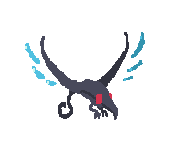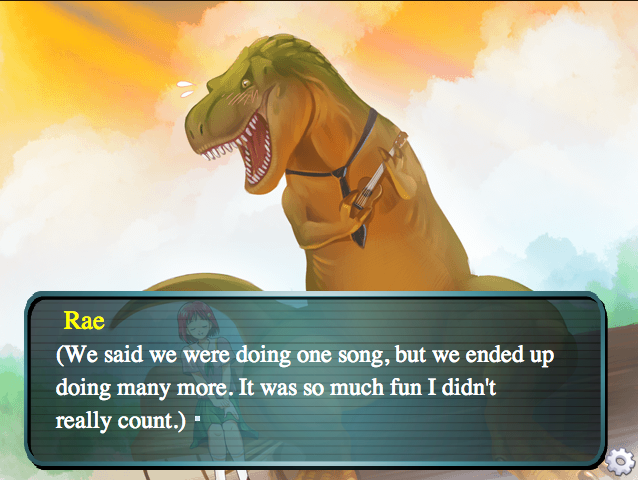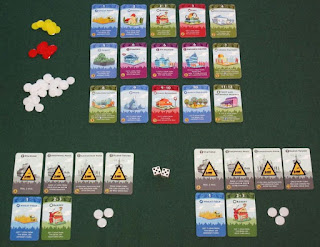Blog Post 9: Course Reflection

Looking back at it all, I think the best thing I could've learned from this class is just how important iteration is. You can't cut corners, and being an illustrator aiming to do polished work for a studio one day, you really can't cut corners. People notice, and you'll get fired fast. To compare it loosely to my presentation (which subject-wise isn't related to illustration at all) speeedrunners are only able to get to where they are by practice, and by perfecting through practice. Though I suppose "perfecting" isn't the right word here. Rather, each iteration, be it speedrunning a game or designing a game, you can't just expect your first go at it to be spot-on. If anything, it's going to be terrible, amateur, and nothing unlike what other people have done already. It takes iteration to push a creator past their comfort zone and past the surface of an idea, to get to the nuggets of potential within. It is by no means easy, it takes self...





